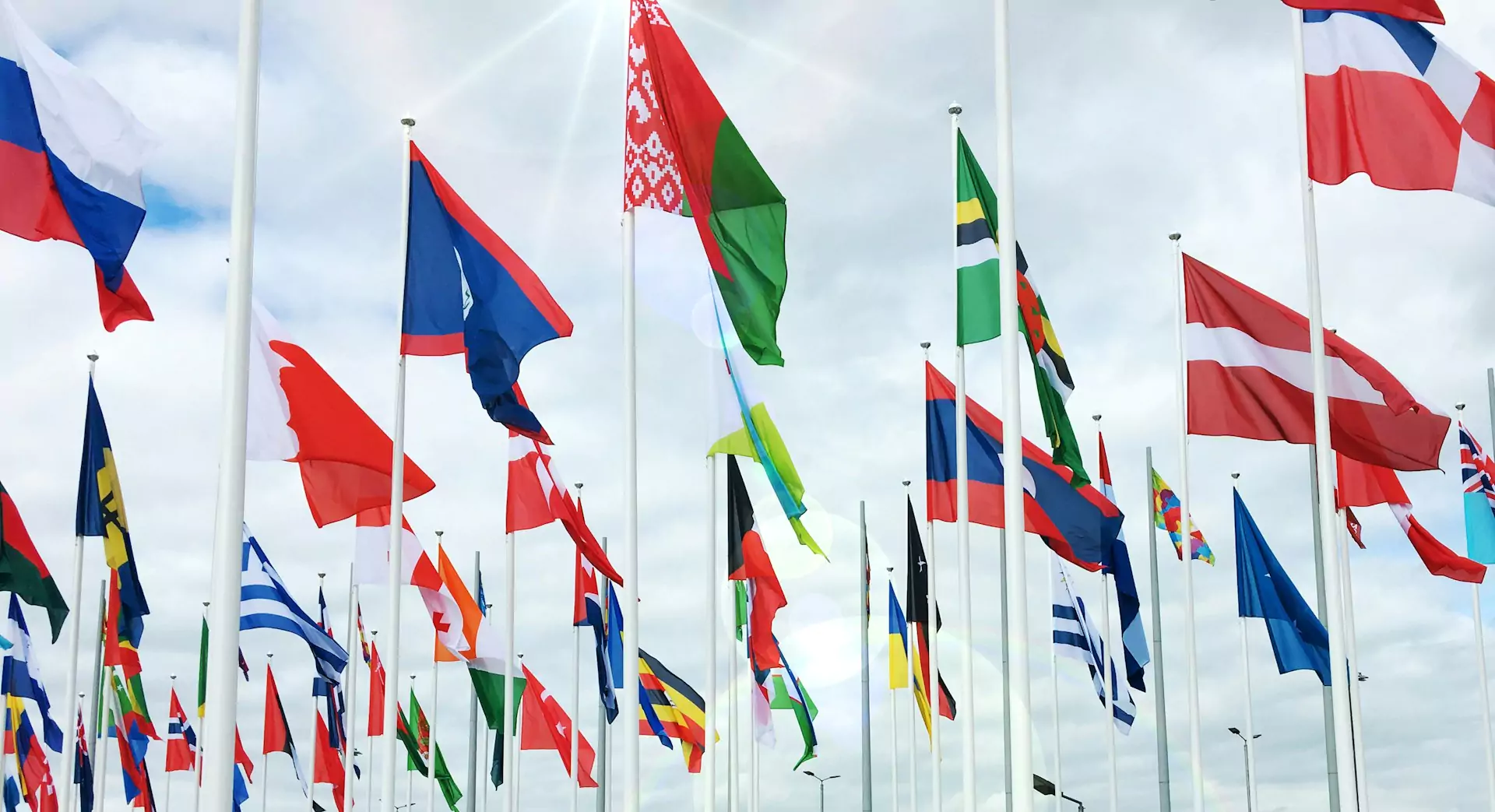How to localise your website for global domination
Expanding a business internationally can feel like the most exciting step in growth. The world is full of potential customers, but reaching them requires more than simply offering a product online. The first impression most people have of a business is through its website. If that website doesn’t feel relevant, trustworthy, or easy to use, sales will slip away quickly. That’s where localisation comes in. Localisation is the process of adapting a website to suit different markets, languages, and cultures. It goes beyond translation and involves tailoring design, content, and customer experience so that a visitor from Berlin feels as comfortable as a visitor from Sydney. Done well, localisation can turn a small business into a global brand.

Why localisation matters
The temptation is to believe that an English-language site with international shipping will cover most bases. Unfortunately, that’s not how customers behave. Studies show that more than 70% of consumers prefer to buy from websites in their own language, even if they speak English as a second language.
Translation on its own is not enough. If the tone of voice, imagery, or even colours clash with local preferences, it can create doubt. A website needs to feel like it was built for the visitor, not copied and pasted from somewhere else. Localisation builds trust, and trust directly translates to higher conversion rates and repeat customers.
Step 1: Research your target markets
The first step is to decide which countries or regions to focus on. International expansion requires resources, so it makes sense to start with one or two priority markets. Look at where current website traffic already comes from and which markets show signs of demand.
Once those regions are identified, dive into research. Learn about cultural habits, buying behaviour, and regulations that affect how products are sold. For example, Germans are very detail-oriented buyers who expect comprehensive product descriptions, while Japanese customers often value service guarantees and precision.
Step 2: Adapt your website content
Content needs to resonate with a local audience. Direct translation often misses nuance. Hiring a native speaker or a professional translator helps capture the tone that locals expect. For example, humour that works in one culture may not land in another.
Product descriptions, testimonials, and case studies should be adapted so that they feel relatable. If all testimonials come from Australian customers, someone in Canada may not connect as strongly. A good approach is to build case studies and examples that highlight relevance for each market.

Step 3: Adjust visuals and design
Images play a powerful role in communication. A website with only Western-centric imagery may not resonate in Asian or Middle Eastern markets. Localising visuals makes customers feel represented and included.
Colour also carries meaning. In Western markets, white often represents simplicity and purity, but in some Asian cultures, it is linked with mourning. Researching colour symbolism avoids accidental cultural missteps.
Design also needs to account for different text lengths. A phrase in German often takes up more space than its English counterpart, so website layouts must adapt without breaking. Some languages, such as Arabic or Hebrew, read from right to left, which may require mirrored layouts.
Step 4: Implement multi-currency and local payments
Payment options can make or break a sale. If a customer is forced to pay in a foreign currency, they may hesitate or abandon the purchase. Displaying local currencies makes the shopping experience smoother.
Equally important are payment methods. In China, Alipay and WeChat Pay dominate. In Europe, PayPal is widely trusted, while in the Middle East, cash-on-delivery remains common. Offering localised payment methods reduces friction and improves conversion.
Transparency around tax and shipping costs also matters. No one enjoys hidden fees at checkout, so make sure these are clear upfront for each market.
Step 5: Optimise for international SEO
Search habits differ across countries. Simply translating English keywords won’t capture how locals search. Instead, research local keyword phrases that customers actually use. For instance, British customers search for “trainers” while Americans search for “sneakers.”
Technical SEO also needs to support localisation. Using hreflang tags tells search engines which version of a website to display for each region. Country-specific domains or subfolders can also improve local search rankings.
Don’t forget that Google isn’t the only search engine. In China, Baidu is dominant, while in Russia, Yandex is key. Optimising for these platforms ensures visibility where it matters most.

Step 6: Provide localised customer support
Great service is a universal expectation. Offering customer support in local languages builds trust and reduces frustration. Even if full phone support isn’t possible, translated FAQs and live chat options make a big difference.
It’s also worth considering time zones. A customer in London will expect replies during their working hours, not the middle of the night. Automated chatbots can bridge gaps, but human support is still valued in complex cases.
Step 7: Test and refine continuously
Localisation is not a one-off project. Each market will reveal new preferences, habits, and challenges. The best approach is to roll out gradually, test the experience, and make improvements.
Monitor data such as bounce rates, conversion rates, and cart abandonment across each market. If one region performs worse, look deeper to identify cultural or technical reasons. Asking customers directly for feedback is also a valuable tool for improvement.
Common mistakes to avoid
Many businesses stumble when they treat localisation as a quick translation exercise. Automated translation tools are useful but rarely capture tone, context, or cultural meaning.
Ignoring local laws is another risk. Different regions have rules around data storage, privacy, and marketing claims. The European Union’s GDPR regulations, for example, are strict and carry heavy fines for non-compliance.
Cultural insensitivity is a final pitfall. Using humour, imagery, or even colours without understanding local context can alienate customers. Localisation requires sensitivity as well as strategy.
Key takeaways
International growth is not reserved for large corporations. With the right approach, small businesses can compete globally by building trust through localisation. A well-adapted website signals that a business understands its customers and values their experience.
The key is to start small, focus on one or two regions, and commit to continuous improvement. Each step of localisation brings a business closer to global credibility. A strong online presence is no longer optional – it’s the foundation for global domination.
DISCLAIMER: Team Thrive Pty Ltd ABN 15 637 676 496 (Thriday) is an authorised representative (No.1297601) of Regional Australia Bank ABN 21 087 650 360 AFSL 241167 (Regional Australia Bank). Regional Australia Bank is the issuer of the transaction account and debit card available through Thriday. Any information provided by Thriday is general in nature and does not take into account your personal situation. You should consider whether Thriday is appropriate for you. Team Thrive No 2 Pty Ltd ABN 26 677 263 606 (Thriday Accounting) is a Registered Tax Agent (No.26262416).






.svg)


.svg)











.webp)